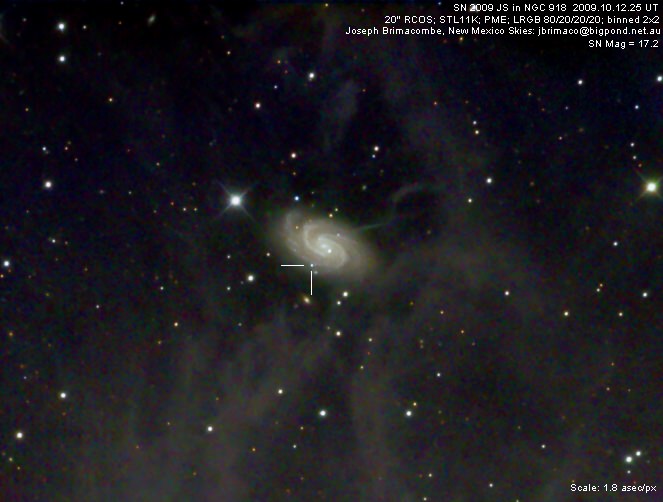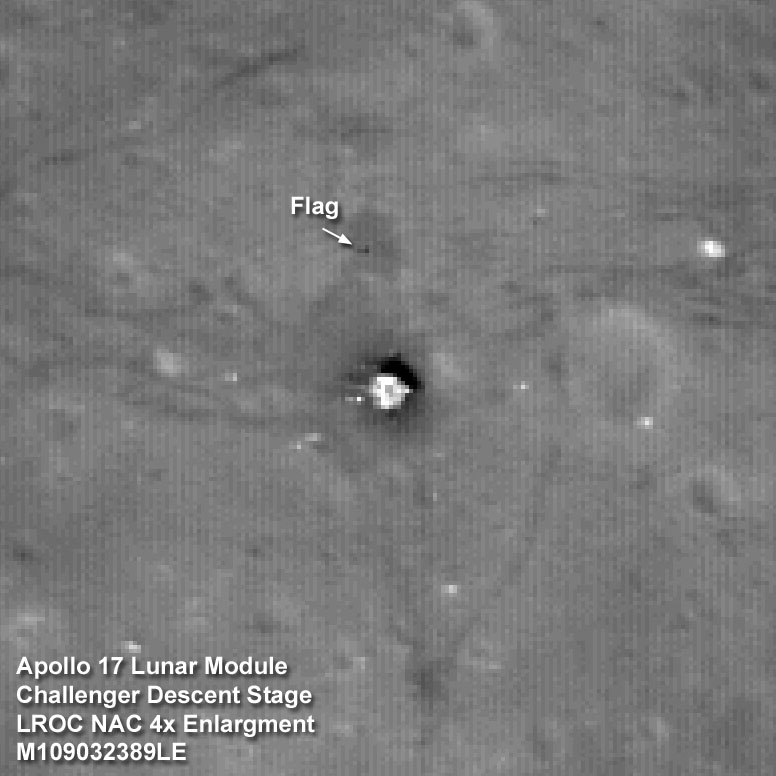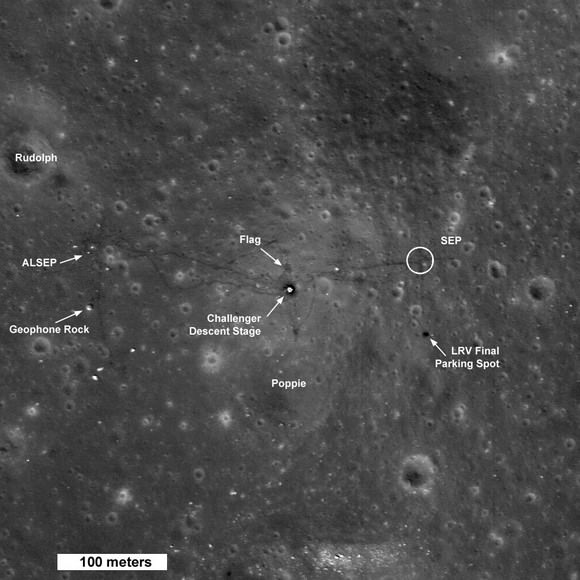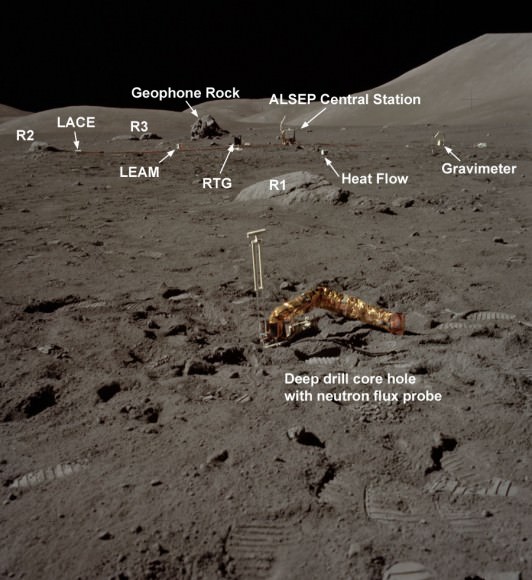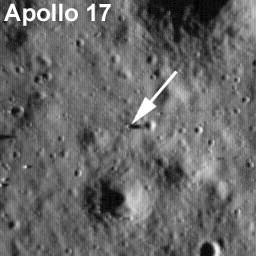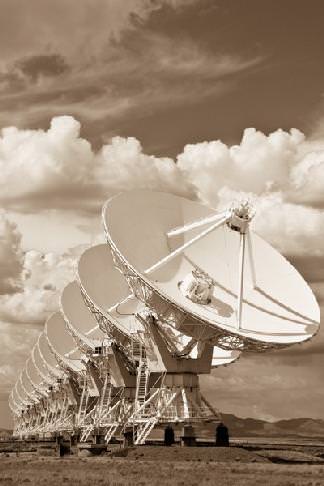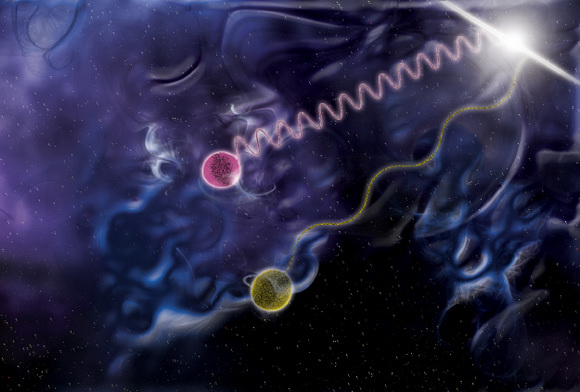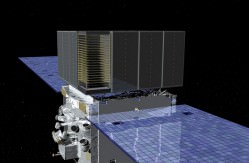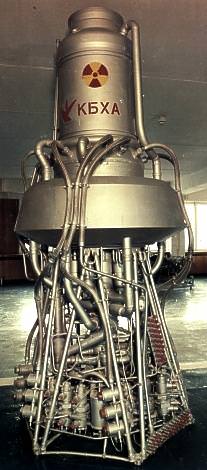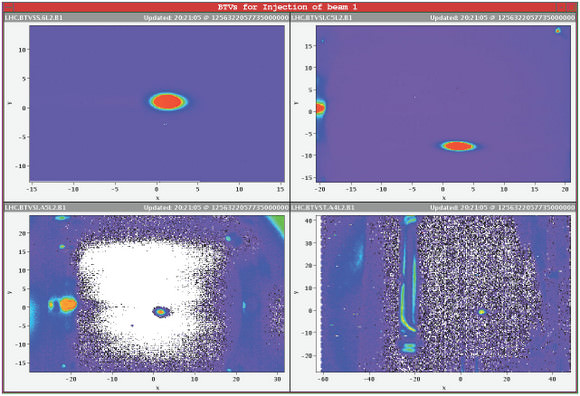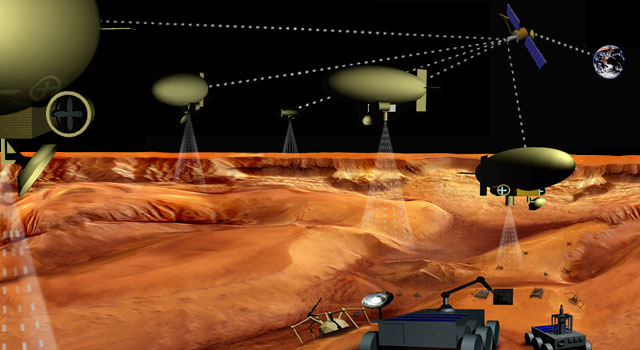[/caption]
Far away in the constellation of Aries, in a 14th magnitude barred spiral galaxy designated as NGC 918… a star exploded with enough candlepower to briefly outshine its home. Discovered independently by Lick Observatory Supernova Search (LOSS) and Koichi Itagaki (Japan) on October 11, 2009, this Type II supernova might be hiding in the intergalactic dust, but it isn’t hiding from Joe Brimacombe.
So who is to blame for this poor intergalactic housekeeping condition, eh? Just exactly where did this film of dust come from that dims distant galaxies and cloaks supernova events? Try our own Milky Way. We’ve known since the first Palomar Sky Surveys that we’re looking through clouds and filaments of dust at high galactic latitudes. But it isn’t just our galaxy either… It’s our whole family! Chances are the entire local group is puffing out enough hydrogen to send up a smoke screen – possibly even with higher redshift extragalactic objects. And just who is the smoker of our group?
The Andromeda Galaxy – M31…
“Finally we come to the aspect which could most shake conventional beliefs about the Local Group and the nature of near space. Deep prints of a red sensitive Schmidt plate (Arp and Sulentic 1991) show unmistakable filamentary dust features reaching back along the minor axis direction toward M31.This filament is repeated in the blue photographs and 100 the hundred micron infra red scans. They have to be real. Although no one has cared to take a spectrum there is no hint of gaseous emission.” says Halton Arp.
“The ejection path across the whole Local Group sky from M31 to 3C120 must have carried material either dusty or capable of forming dust from the ejecting M 31. But that means dust and obscuration within the Local group of galaxies – a point which has never before been seriously advanced. But how can one escape the mult-iwavelength evidence? The most provocative object in the M31 minor axis line is NGC 918. The nebulous dust is most concentrated at the position of the galaxy but a region has been cleared on either side of the minor axis of the galaxy. Higher resolution images would give invaluable information on the process whereby ejections come out along the minor axis of galaxies. In addition the nebulosity is of such long extent across the sky and so coincident with the alignment along the M31 minor axis that it must be in the Local Group. Therefore interaction with the dust filament would represent direct evidence for a distance much smaller than NGC 918’s conventional redshift distance.”
“The filamentary features surrounding NGC 918 are well shown in this image. The outer features appear to be dust illuminated by the galaxy. Immediately around the galaxy the dust appears to cleared away. By either outflow of matter or radiation pressure from the galaxy.” explains Arp, “If the galaxy is not interacting with the nebulosity but just shining through a serendipitous hole we still have the remarkable inference that material has been ejected along the minor axis of M31 into the middle of the Local Group of galaxies. The question then arises as to how many other nearby galaxy groups contain intergalactic material and what this would do to our view of purportedly more distant galaxies.”
If dust is to blame for a clouded view here, is it possible that NGC 918 could be just as guilty of ignoring the Swiffer? Darn right it could. According to research done by E. E. Martinez-Garcia (et al), NGC 918 has its share of spiral density waves that present azimuthal color gradients that even an infrared passband won’t fully penetrate. “We believe that this effect may be due to the position of the dust lanes and stars with respect to the observer.” says Garcia, “More research needs to be done to understand the origin of this effect.”
In the meantime, we’ll thank Joe Brimacombe of Northern Galactic for being on watch and capturing this distant supernova within 24 hours of its discovery. Cuz’ another one bites the dust!

